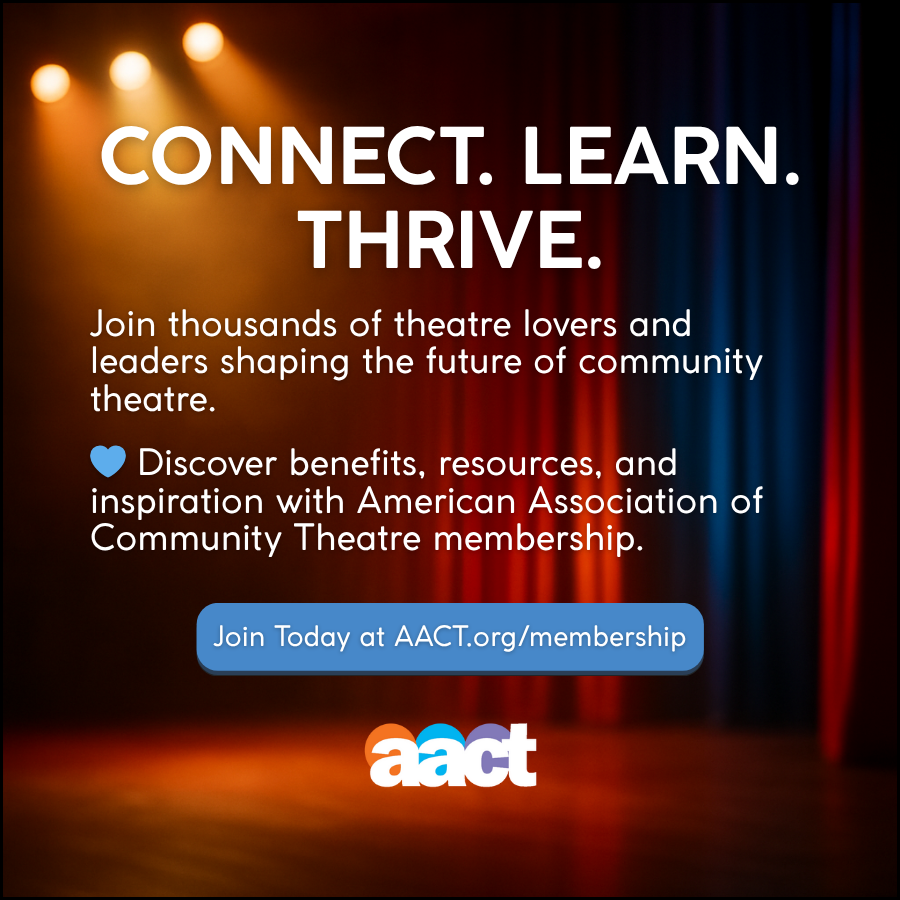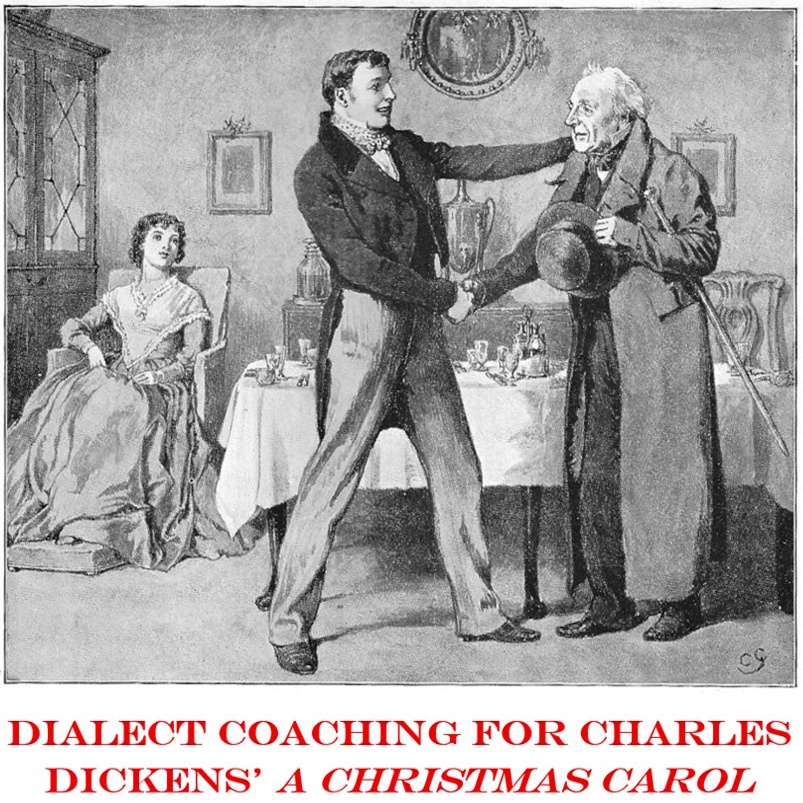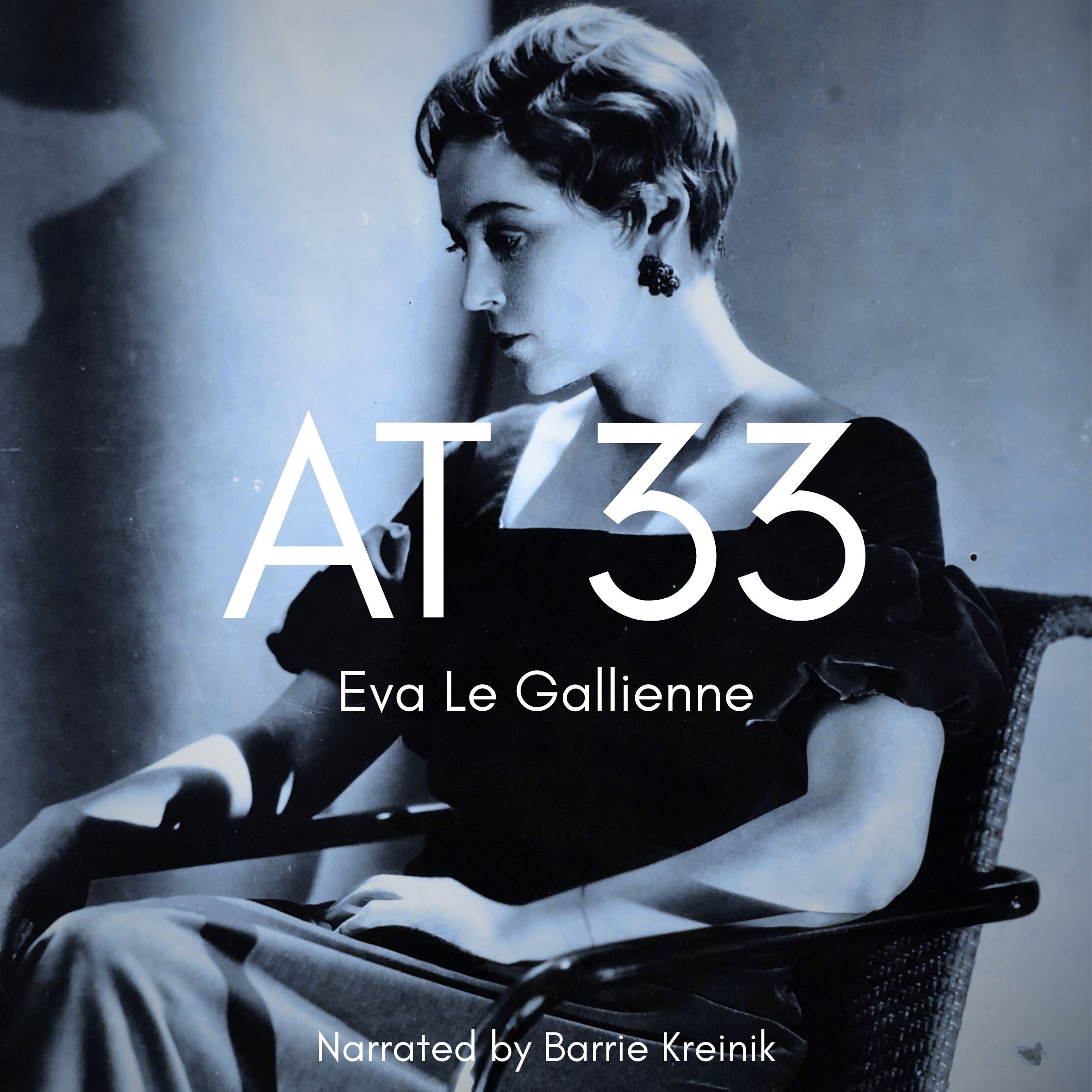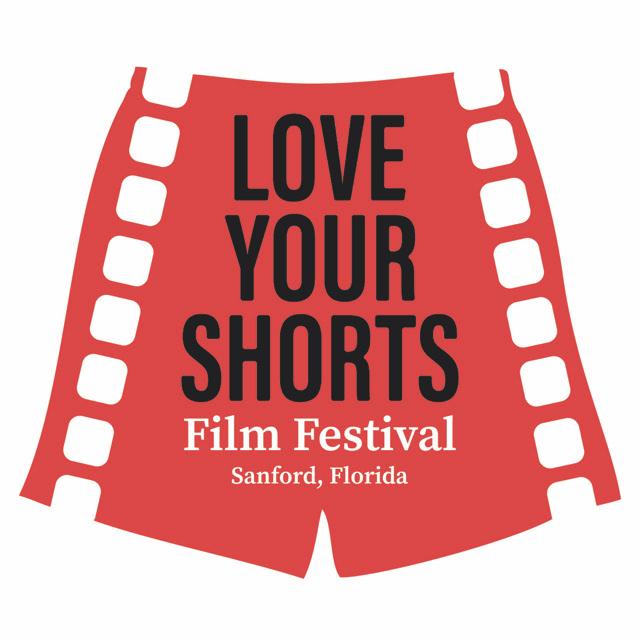Minnesota 4
Listen to Minnesota 4, a 23-year-old woman from Brooklyn Park, Minnesota, and Kansas, United States. Click or tap the triangle-shaped play button to hear the subject.
Both as a courtesy and to comply with copyright law, please remember to credit IDEA for direct or indirect use of samples. IDEA is a free resource; please consider supporting us.
BIOGRAPHICAL INFORMATION
AGE: 23
DATE OF BIRTH (DD/MM/YYYY): 1982
PLACE OF BIRTH: Liberal, Kansas
GENDER: female
ETHNICITY: Caucasian
OCCUPATION: N/A
EDUCATION: college
AREA(S) OF RESIDENCE OUTSIDE REPRESENTATIVE REGION FOR LONGER THAN SIX MONTHS:
She moved to Minnesota from Kansas when she was 9 years old, settling in Brooklyn Park, Minnesota, a suburb of Minneapolis. After high school, she moved back to Kansas and was attending the University of Kansas in Lawrence at the time of this interview.
OTHER INFLUENCES ON SPEECH:
Subject describes being around various accents and dialects her entire life, including the Hmong population in Minnesota and her grandmother, who had a strong Alabama dialect.
The text used in our recordings of scripted speech can be found by clicking here.
RECORDED BY: Paul Meier
DATE OF RECORDING (DD/MM/YYYY): 23/10/2005
PHONETIC TRANSCRIPTION OF SCRIPTED SPEECH: N/A
TRANSCRIBED BY: N/A
DATE OF TRANSCRIPTION (DD/MM/YYYY): N/A
ORTHOGRAPHIC TRANSCRIPTION OF UNSCRIPTED SPEECH:
I was born in Liberal, Kansas. And my family and I moved to Minnesota when I was 8 years old. Uh, we lived in Brooklyn Park, uh, Brooklyn Center, Minnesota, um, for, for, until I graduated high school in 2000. And then I came back to Kansas and went to Seward County Community College in Liberal. Uh, then I came here to the University of Kansas. And I’ve been here ever since. Well, I’ve been surrounded by accents my whole life, um, because my grandma’s from Alabama, so she has that very distinctive accent as well. And, um — but then when we moved to Minnesota, it was really weird cause people would, uh — in the grocery story, would say things like, “Would you like a beg?” And we were, “What’s a beg?” And then we realized it was a bag. Or we would go out on the lake and on a, on a boat. And, uh, there were just others things. A lot of people up there, um, said, “Would you like to come with?” And that really drove my mom and dad crazy because they’re like, “With whom?” [Laughs] Just —they’re — they do say a lot of yah, for sure. And, um, and I think a lot of that now is just because it’s stereotypical, so it’s just been kind of formed into the mindset there. That’s what people want to hear, so we say it. [Laughs] Well, Brooklyn Park is a suburb of Minneapolis on the north side and, um, there’s a lot of variety of people in that area cause it is — it’s right next to north Minneapolis which is very, um, urban. Um, so there’s just a lot of different people. I had a lot of friends in high school of, uh, different religions and ethnicities and, um, Minneapolis has — well, Minnesota has the second-highest Hmong population, second to California. So I had a lot of, of friends who were Hmong which is on the Asian religion, um, from the Cambodian peninsula. So that was pretty cool. A lot of people aren’t sure what Hmong is. And then — well, they called us Dark Center, which was just kind of a little jab at us. Uh, we were 49 percent minority and, and 51 percent white. So — which it wasn’t true, but it was just funny that they called us that.
TRANSCRIBED BY: John Wright
DATE OF TRANSCRIPTION (DD/MM/YYYY): 11/08/2008
PHONETIC TRANSCRIPTION OF UNSCRIPTED SPEECH: N/A
TRANSCRIBED BY: N/A
DATE OF TRANSCRIPTION (DD/MM/YYYY): N/A
SCHOLARLY COMMENTARY:
Listen for the subject’s characteristic pronunciation of the GOOSE, GOAT, START, LOT, and MOUTH lexical sets. You will observe the characteristic tonality of the Minnesota dialect too, despite her many years in Kansas.
COMMENTARY BY: Paul Meier
DATE OF COMMENTARY (DD/MM/YYYY): 23/10/2005
The archive provides:
- Recordings of accent/dialect speakers from the region you select.
- Text of the speakers’ biographical details.
- Scholarly commentary and analysis in some cases.
- In most cases, an orthographic transcription of the speakers’ unscripted speech. In a small number of cases, you will also find a narrow phonetic transcription of the sample (see Phonetic Transcriptions for a complete list). The recordings average four minutes in length and feature both the reading of one of two standard passages, and some unscripted speech. The two passages are Comma Gets a Cure (currently our standard passage) and The Rainbow Passage (used in our earliest recordings).
For instructional materials or coaching in the accents and dialects represented here, please go to Other Dialect Services.
 IDEA: International Dialects of English Archive
IDEA: International Dialects of English Archive




